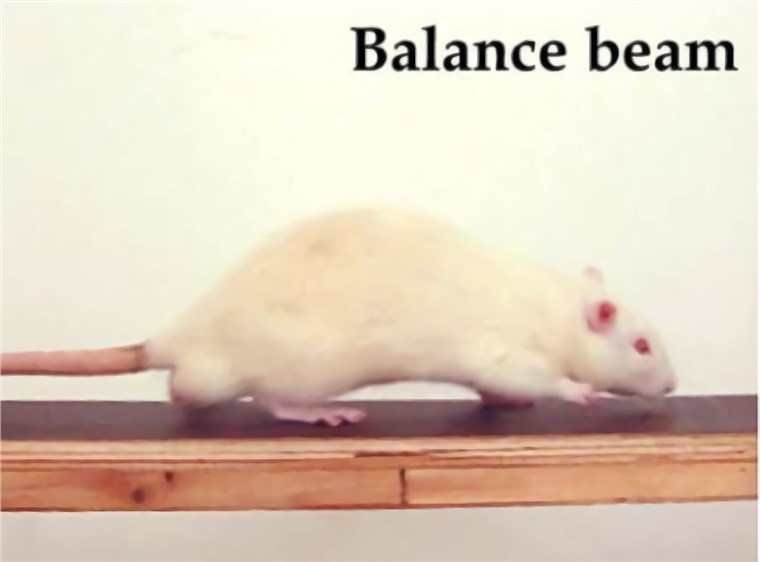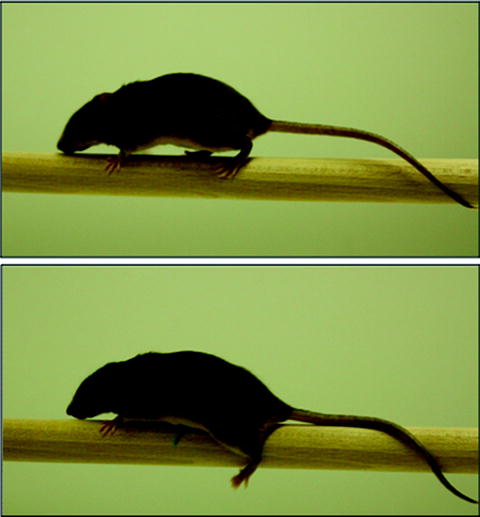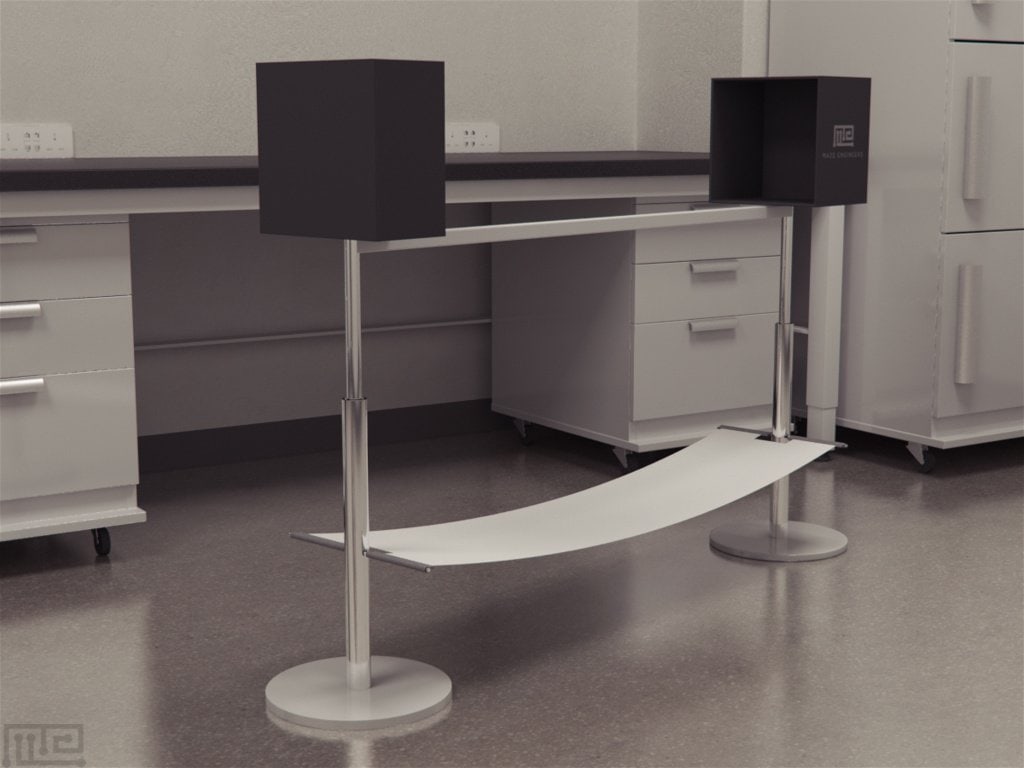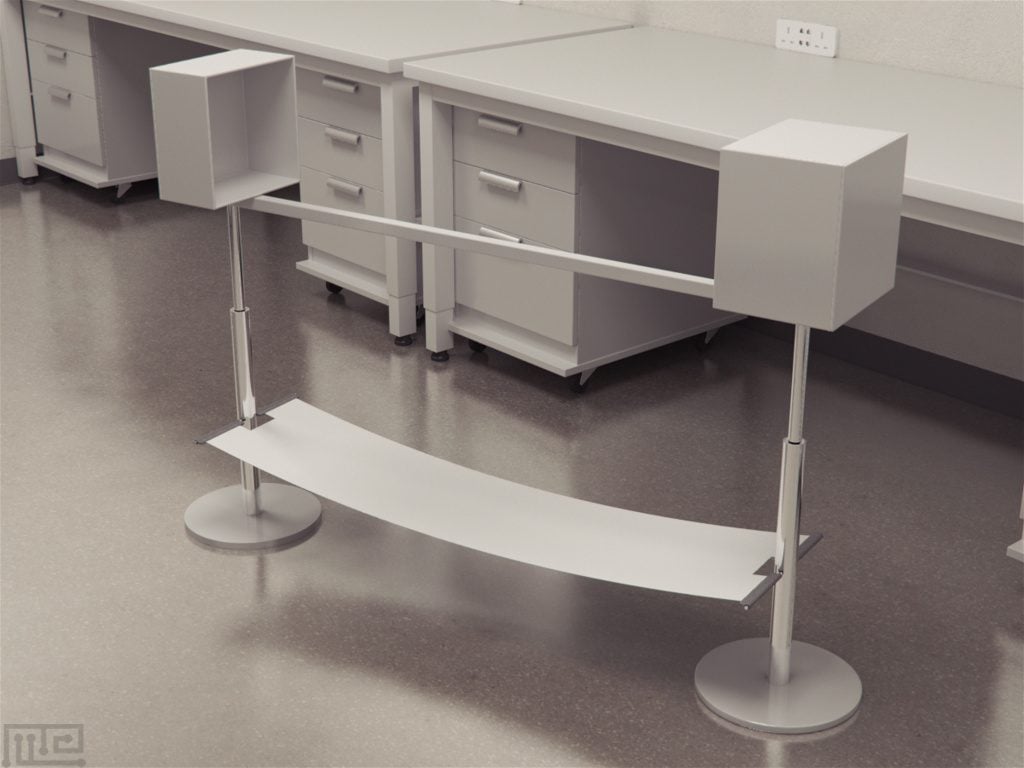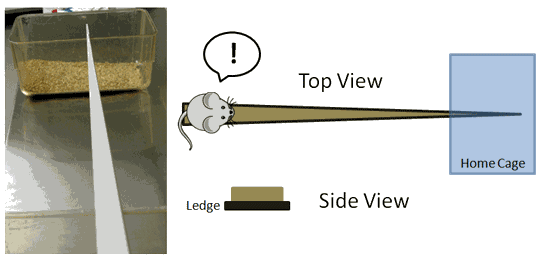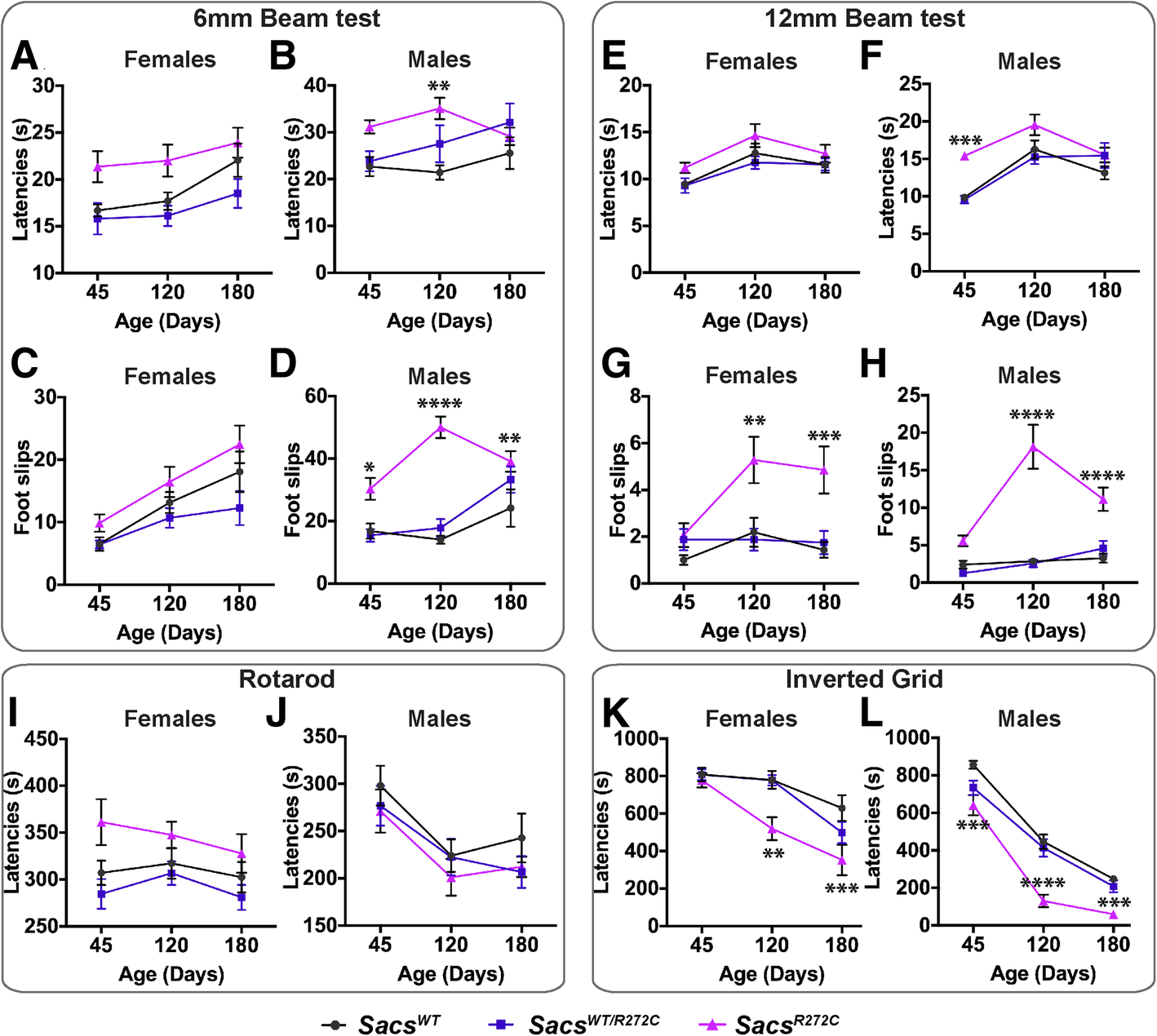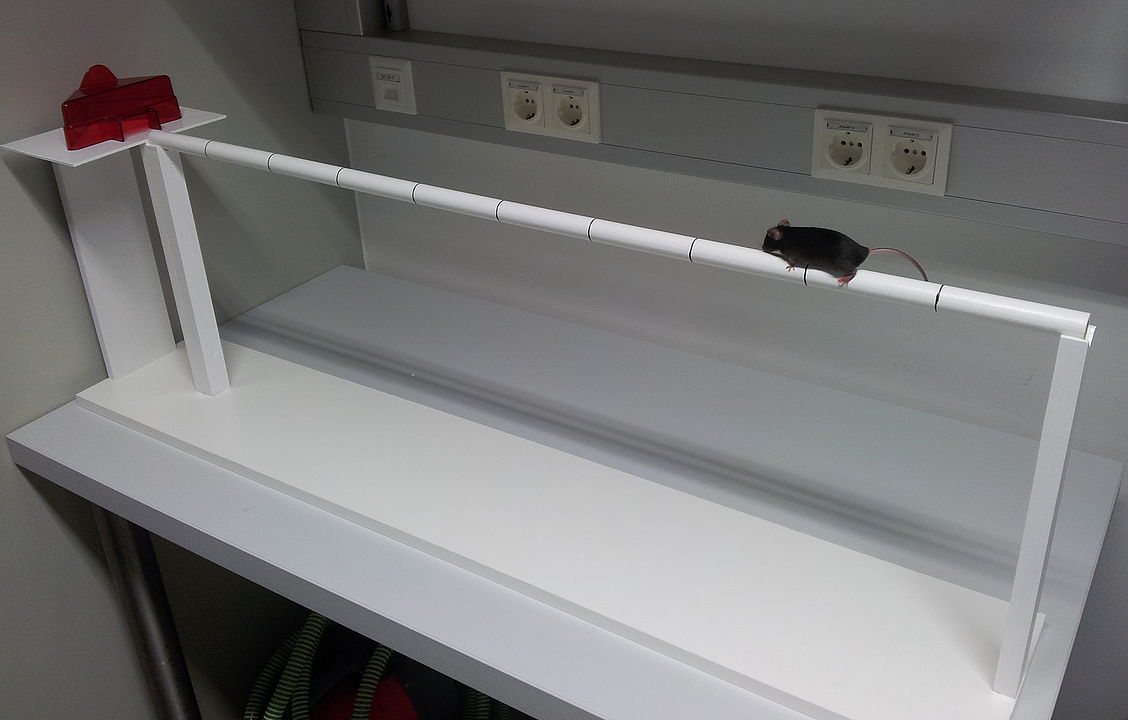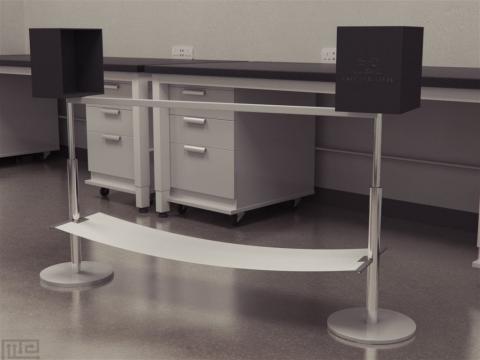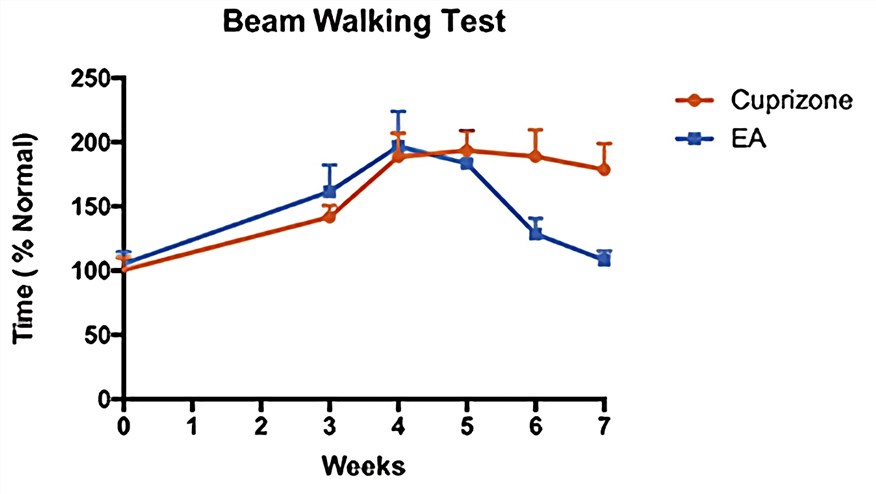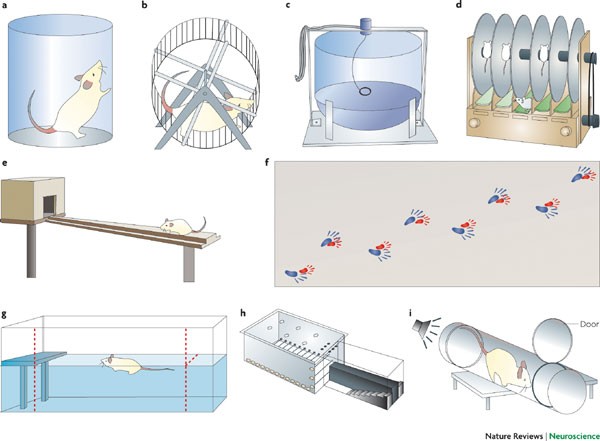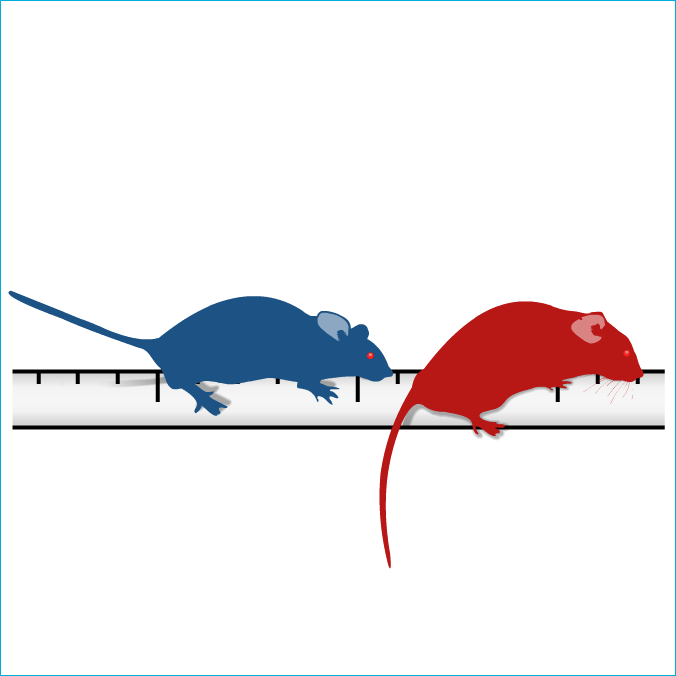
Rodent behavioural test - Sensory motor function - Beam walking - NEUROFIT Preclinical Contract Research Organization (CRO) for CNS and PNS disorders
![Early fine motor impairment and behavioral dysfunction in (Thy‐1)‐h[A30P] alpha‐synuclein mice - Ekmark‐Lewén - 2018 - Brain and Behavior - Wiley Online Library Early fine motor impairment and behavioral dysfunction in (Thy‐1)‐h[A30P] alpha‐synuclein mice - Ekmark‐Lewén - 2018 - Brain and Behavior - Wiley Online Library](https://onlinelibrary.wiley.com/cms/asset/249e8217-8a68-42d4-b1b6-cd04bff018c8/brb3915-toc-0001-m.jpg?trick=1689857360190)
Early fine motor impairment and behavioral dysfunction in (Thy‐1)‐h[A30P] alpha‐synuclein mice - Ekmark‐Lewén - 2018 - Brain and Behavior - Wiley Online Library

Neuroscientists identify distinct circuits in the brain that maintain balance | Sainsbury Wellcome Centre
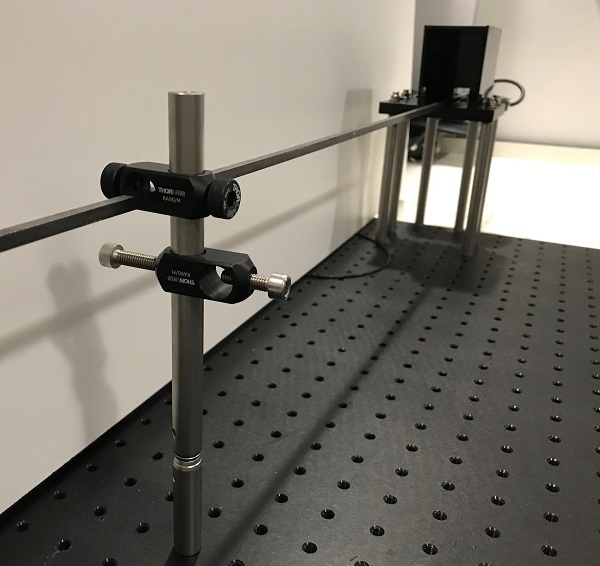
Neuroscientists identify distinct circuits in the brain that maintain balance | Sainsbury Wellcome Centre

The novel adaptive rotating beam test unmasks sensorimotor impairments in a transgenic mouse model of Parkinson's disease - ScienceDirect

Cells | Free Full-Text | The Neuroprotective Effects of the CB2 Agonist GW842166x in the 6-OHDA Mouse Model of Parkinson’s Disease

